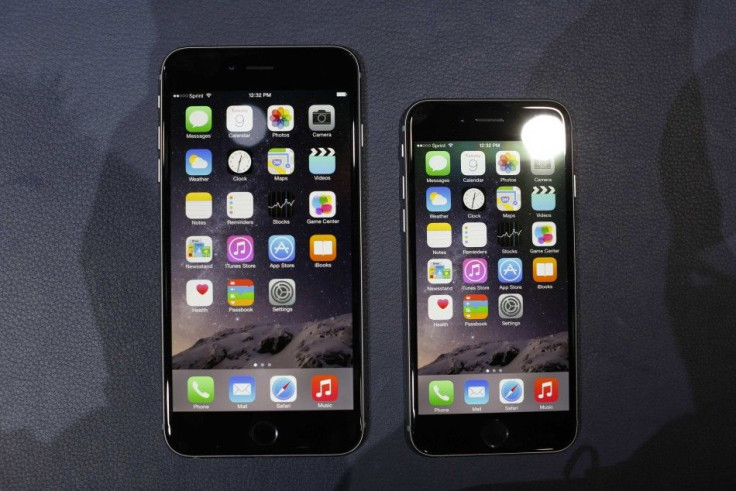Apple iPhone 6 Plus Camera Captures White House Christmas Event With The Help Of Professional Photographer [5 Tips For Better Photography]

Professional photographers' point of view has always been a reliable metric in understanding the capabilities of the camera unit housed on any smartphone or tablet. Interestingly, these professionals have always sided with the shooter unit flaunted by Apple iPhones. As readers would have guessed by now, the latest Apple iPhone 6's rear-facing camera is the unit in focus.
The famous freelance professional photographer Brooks Kraft has covered umpteen White House events from 2000. Recently, this photographer was asked to cover the White House's annual unveiling of the Christmas decorations. Apparently, Brooks chose to shoot the event with the help of the iSight camera unit on the Apple iPhone 6 Plus, according to Phone Arena.
As per reports, even though Brooks owned both the 4.7-inch iPhone 6 and the 5.5-inch iPhone 6 Plus variants, he planned to use the phablet in order to utilise the much-appreciated OIS feature. Sadly, the Optical Image Stabilisation feature is not part of the smaller iPhone 6. The main reason for preferring the OIS loaded handset is that, this feature will help users to capture better shots in a dimly lit or relatively gloomy environment.
Phone Arena has a collection of the captured White House images by Brooks with the help of the Apple iPhone 6 Plus camera. On the other hand, Brooks Kraft has also given some tips to better the photographic skill by making full use of the iPhone 6 camera and here is the list:
1. First and foremost, the Apple iPhone 6 users must take some time to get the "best exposure" prior to shooting. This is because doctoring and fixing the images with bad exposure via a handset is a herculean task.
2. Users are advised to not to use the LED flash. By capturing the images with a steady hand, the iPhone 6 has the ability to shoot pictures in dim-lit conditions. Therefore, the captured images appear better without the flash. However, in unavoidable circumstances, he prescribes to utilise the flash's help.
3. Apple iPhone 6 users are asked to not to use the zoom functionality. This is predominantly because of the fact that, it is not an optical zoom. Instead, it amplifies the pixels on the captured image.
4. He also advises to pay close attention to the image settings of the camera app that is being used to photograph. Notably, several apps have the tendency to shrink the files. He also indirectly recommends utilising the native camera app, as it is clean and provides maximum resolution image.
5. Brooks also says that users should always envision "what to do" with the image that is being captured. Many photographs captured via the mobile devices will be perennially sitting in the image gallery of the handset for longer period of time, instead of archiving, sharing or printing them. Needless to say, many readers will be able to relate to this point of Brook. In his own words, "I really think that when people look back at their visual histories, they [might find big gaps in their archives]."
Interested readers can check out the images captured via the Apple iPhone 6 Plus from Phone Arena. Do you own an iPhone 6 Plus? Have you tried photography in the way Brook does? Feel free to leave a comment.
Also Read
1. Nexus 9 Release Gets Delayed Indefinitely Under T-Mobile; O2's Nexus 6 Now Available In The UK - [Read]
2. HTC One (M9) Will Be Called 'HTC Hima' Featuring Snapdragon 810, 20.7MP Camera, Android L, With Release Date Set For March 2015 - [Read]
3. Qualcomm Snapdragon 810's Overheating Issues Could Delay Samsung Galaxy S6 and LG G4 Release - [Read]






